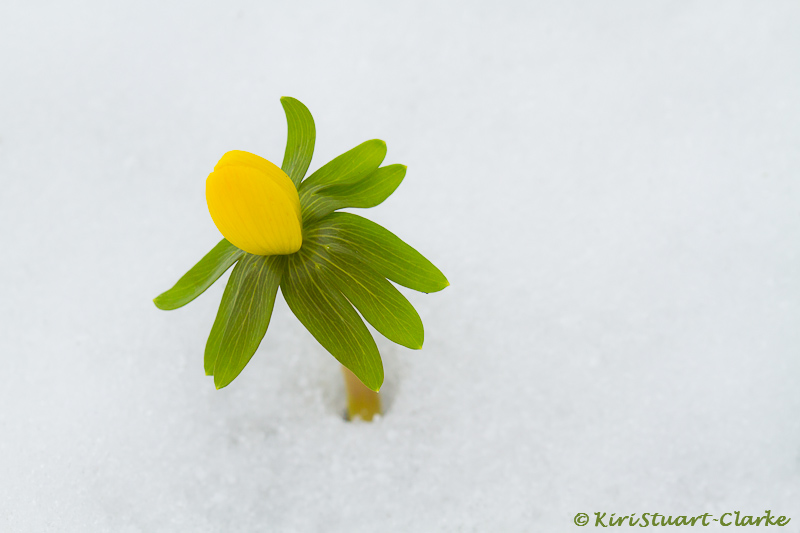Tall Bogbean flower spikes are used by both adult dragonflies and emerging nymphs
With striking spears of downy-white, blush-tinged, feathery star-shaped flowers as exotic as those seen on any orchid or lily, it is ironic that this glamorous, wildlife-friendly, native wildflower superstar bears the rather unglamorous name of "Bogbean".
The Marilyn Monroe of aquatic plants, this beautiful spring-flowering native marginal first acquired its unfortunate, less-than-beautiful name due to its watery habitat and foliage's passing resemblance to a broad bean or clover.
Bogbean is highly valuable to wildlife, its striking pink-tinged flower spikes grow up to 30cm tall and can blossom from March right through into June or July. The frilly white flowers attract bees, hoverflies and butterflies to the pond edge.
Bogbean's tendency to grow by creeping horizontally across the water surface also serves to create shade and provides a rich micro-habitat for pond-dwelling insects.
In particular, Bogbean's lobed trifoliate leaves form a kind of floating raft, which makes for an excellent egg laying, perching and roosting site for adult damselflies and dragonflies, whose nymphs subsequently use the protruding stems to climb out of the water when they are ready for metamorphosis.
Bogbean is related to Gentians but in botany has its own unique plant family group.
The beautiful bogbean does have some less ugly alternative names though, Its latin name Menyanthes trifoliata refers to its triple leaved foliage and its spring flowering season. It is also known as Marsh Clover or Trefoil, Water Shamrock, Bog Myrtle and Buckbean. One of its alternative names, "Bog hop", alludes to bogbean's long history of herbal and medicinal use. Its leaves were traditionally used as a flavouring in beer making, while in medicinal herblore bogbean was said to be a cure for numerous ailments when drunk as a bitter tea. One of its German names, Scharbock, is derived from the Latin scorbutus, an ancient term for scurvy, which it was thought to cure.
In the wild, Bogbean is widespread in the marshes, fends and ponds across Northern England and Scotland, though sadly it is now less common in the South where it has suffered a marked decline due to wetland drainage.

